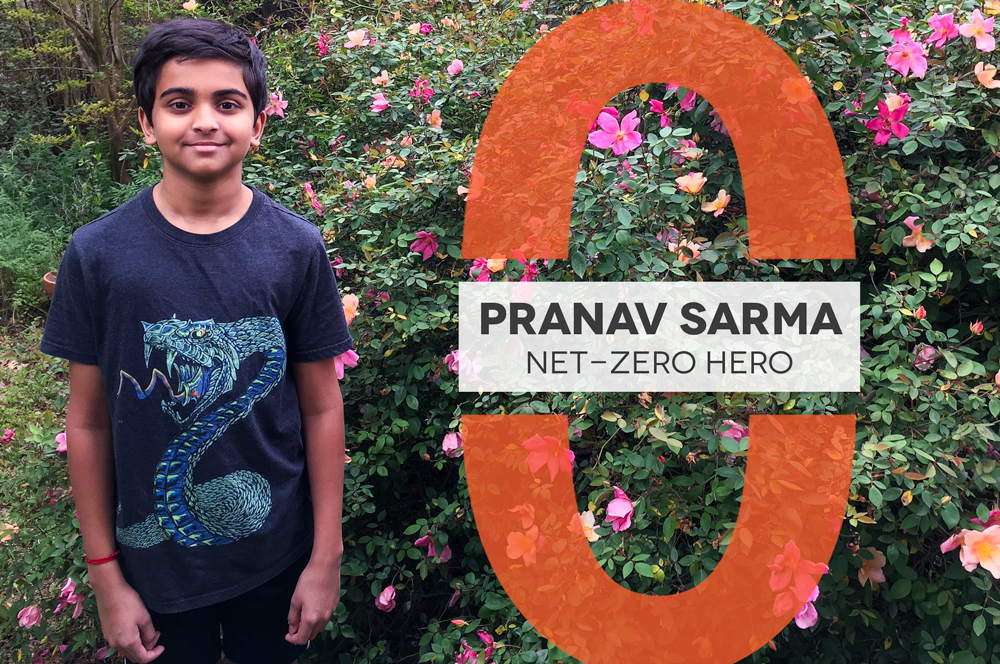Net-Zero Hero: Pranav Sarma
I’m helping to make Austin Net-Zero by finding renewable energy sources to replace fossil fuels.
Meet Pranav Sarma, a student at Artie Henry Middle School in Cedar Park, TX. Pranav recently competed against hundreds of students in the 2019 Austin Energy Regional Science Fair. For his project, Pranav focused on using biomass — a waste material from plants and animals such as wheat stalks or yard waste — to produce a renewable form of energy. His innovative project ended up winning a Best in Climate Protection award.
We spoke with Pranav about his commitment to Net-Zero, what his toughest challenges have been, and what advice he has for others.
What inspired you to take action?
My mom and grandma grew up in India, and they have told me lots of stories about how they used waste products — like cow manure and plant husks — for cooking and heating when they were little. This made me curious, and I wanted to measure the amount of heat and energy generated by combusting waste products to see if they could replace fossil fuels.
How did you do it?
For my project, I collected various waste products like cow manure and banana peels. Then, I completely dried them out in the sun. Next, I measured the same amount of each material and used it to heat 500 mL of water. I measured the temperature of the flame and the water at one-minute intervals until the material completely burned out. Based on the measurements gathered, I calculated the total amount of energy generated by each material, along with the maximum temperature reached by the flame.
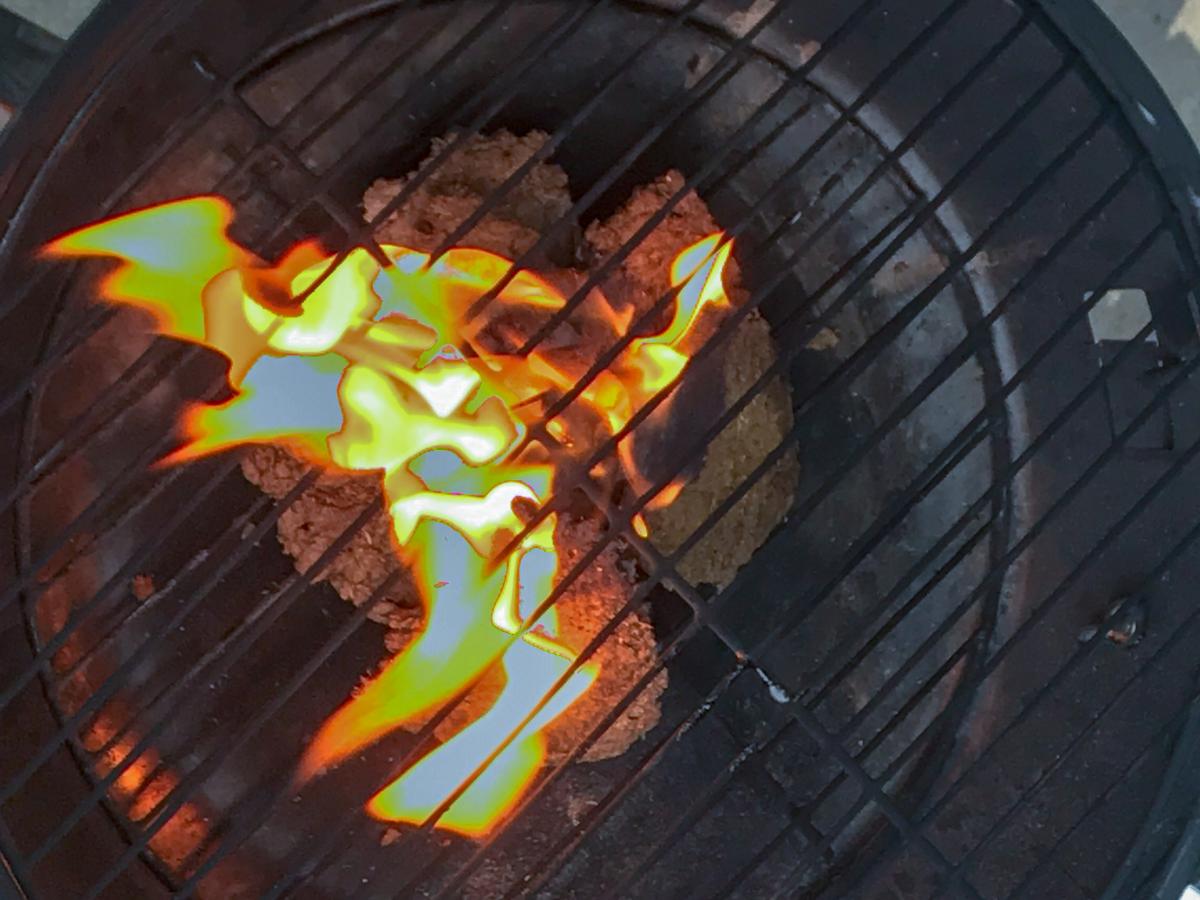
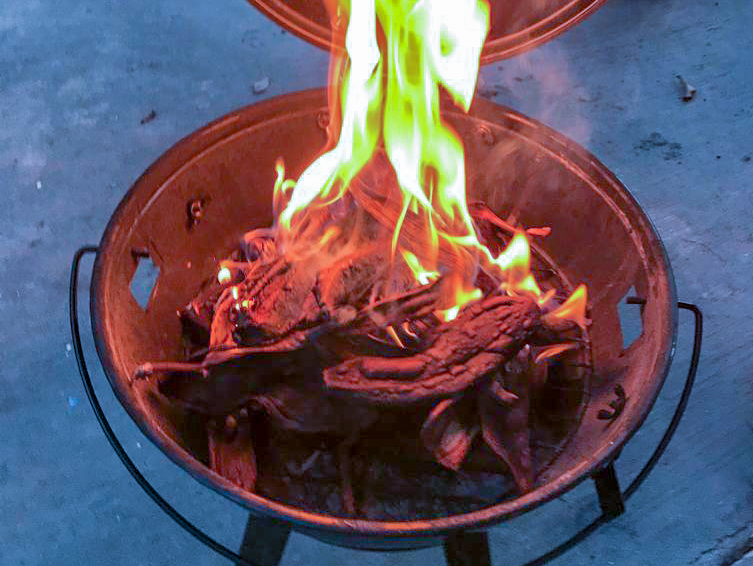
Pranav conducts his science experiment in his backyard.
What's been the toughest part?
The hardest part was figuring out whether the material was completely dry.
Have there been any unexpected benefits?
In completing my project, I was very excited to learn that we can potentially replace fossil fuels with renewable resources like cow manure, rice and wheat husks, and banana peels. These are all materials that might otherwise end up in a landfill, so it’s really a win-win.
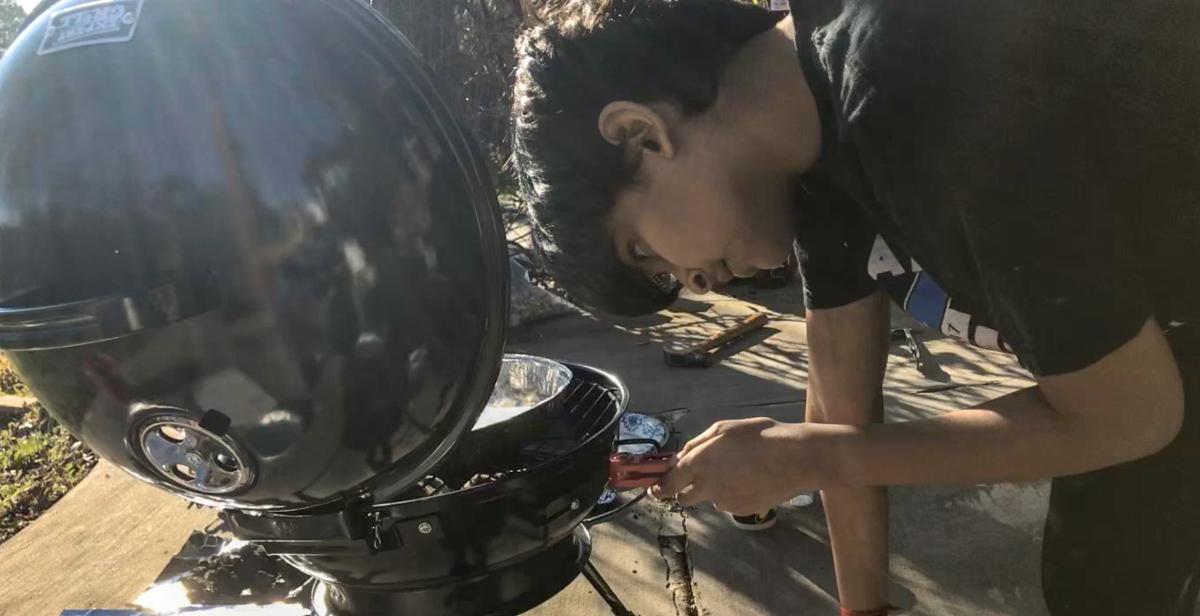
What advice do you have for others?
We should all reduce our trash, reuse materials, and recycle. Every little thing we can do to reduce our carbon footprint helps. Some of the ways that I am doing my part include turning off my devices when I am not using them, turning off lights when I leave a room, and conserving water by turning off the tap when I brush my teeth. I also help my parents with composting food scraps like vegetables, fruit peels, coffee, and tea grounds. Our family also recycles, and I help by separating papers, cans, and cardboard boxes. I want to do my part because every little bit counts. We only have one Earth.
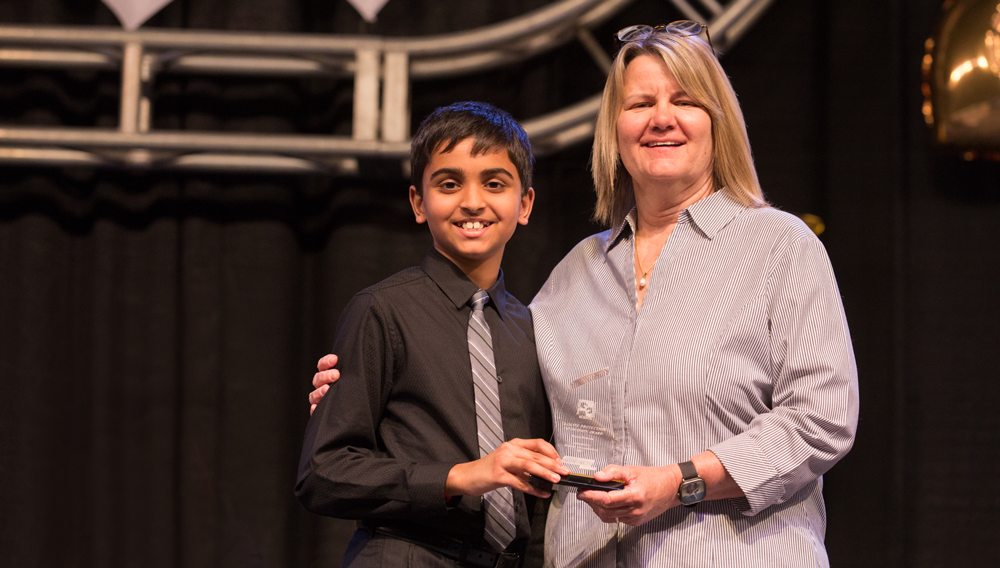
Pranav accepts his Science Fair award from Mary K. Priddy with the Office of Climate Action and Resilience.
To learn more about Austin's net-zero goal and the actions you can take to support a greener community, view the Austin Climate Equity Plan.
Share your Net-Zero contributions with us on X (formerly Twitter) or Facebook, and use #NetZeroHero. If you know a Net-Zero Hero (or heroes!) who should be recognized for their efforts, send your nomination to climate@austintexas.gov.


